I don’t think it’s especially unreasonable to posit that if you’ve been a Dragon Age fan since the series started in 2009, the last ten years have not been easy. At all. With the previous game in BioWare’s ongoing RPG franchise, Dragon Age Inquisition, releasing back in 2014 and its successor flirting with the various circles of development hell during that time, it’s honestly something of a miracle that Dragon Age: The Veilguard is set for release at all. And yet, that’s exactly what’s going to happen – October 2024 will see Dragon Age: The Veilguard finally see the light of day and here is why we believe it is set to return eager adventurers to BioWare’s golden era.
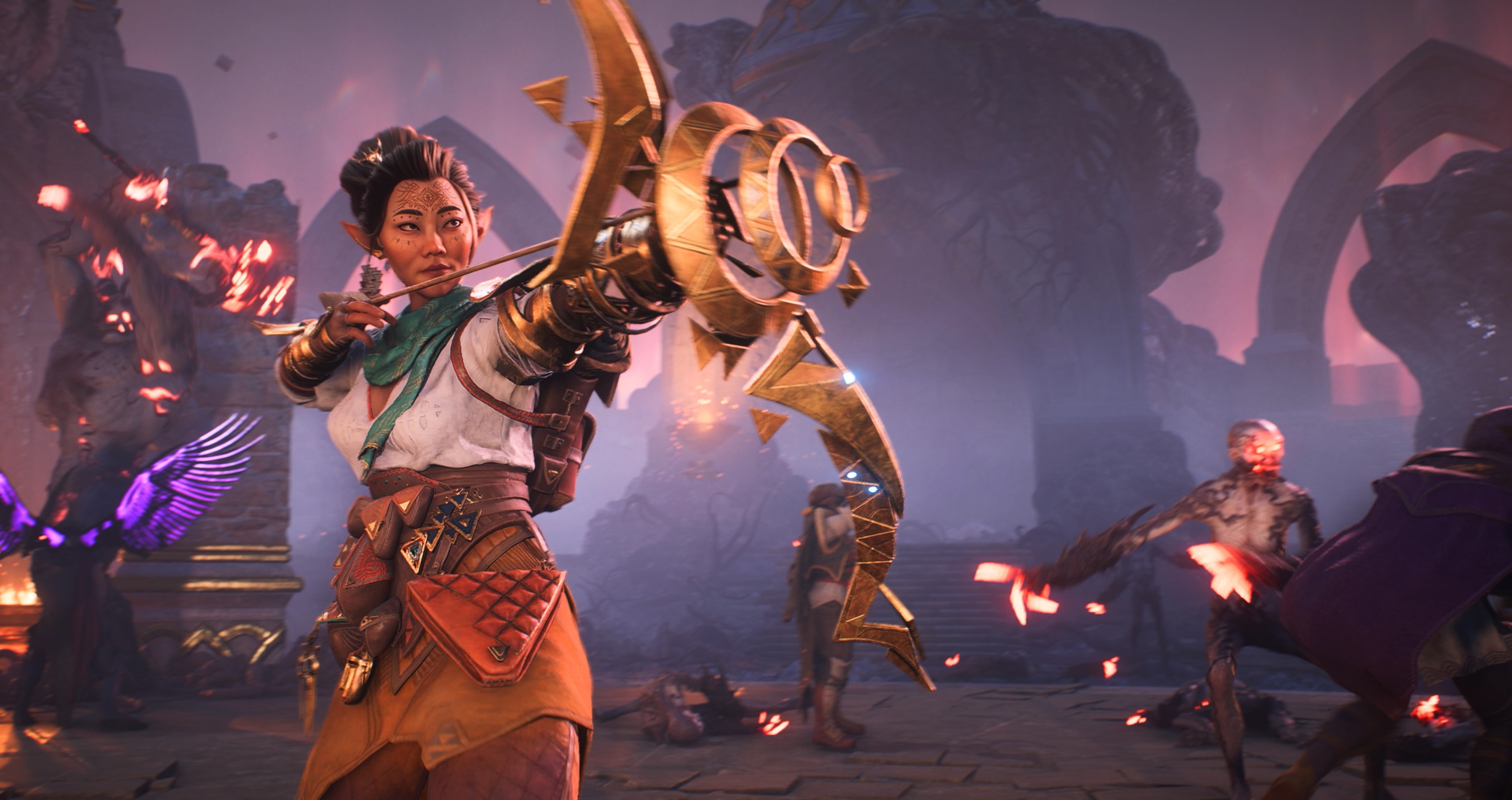
A Direct Continuation Of Dragon Age Inquisition
Rather than kick off an entirely new story filled with new and unfamiliar characters, Dragon Age: The Veilguard is a direct continuation of the events chronicled in 2014’s Dragon Age Inquisition. Ten years after that game’s conclusion, Veilguard looks set to succeed as it welcomes players back to the fold to take up arms against Solas, the chief antagonist of both Dragon Age Inquisition and Dragon Age: The Veilguard. In addition to Solas, players can also expect to see more friendly, familiar faces, such as Varric and potentially others that BioWare have yet to confirm, such as Leilana. As such, Dragon Age: The Veilguard almost feels like the Avengers: Endgame to Inquisition’s Avengers: Infinity War, weaving together an almost seamless continuation of an already epic saga that fans have been deeply invested in for more than ten years.
Fresh Art Direction And Technical Sheen Coalesce To Create A Visual Showcase
Though Dragon Age: The Veilguard is indeed a direct continuation of Dragon Age Inquisition, you might not initially know it by looking at the various media for the game. With a shift to a more stylised, almost animated look that leaves behind the much more straightforward and relatively flair-free designs of previous games, Dragon Age: The Veilguard doesn’t just look appreciably different from its predecessor, but the shift in art direction has also resulted in many more colourful and vibrant environments that do a grand old job of showcasing the Tevinter Imperium like never before. Beyond the new art direction, Dragon Age: The Veilguard also makes the most of contemporary rendering techniques, boasting high-end ‘ultra’ ray tracing settings resulting in eye-stroking reflections, shadows and ambient occlusion. Another neat touch is that as your group accumulates damage, it will show on their faces and bodies within cutscenes too, adding a real sense of visual consistency to the whole affair. Put simply, Dragon Age: The Veilguard will be a treat for the eyes and then some.
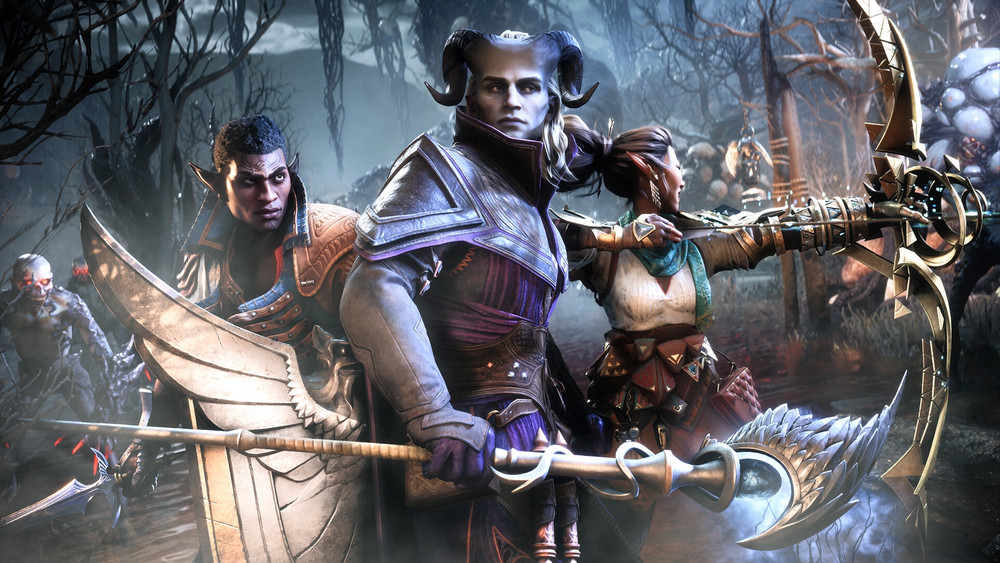
Character Creation That You Can Lose Yourself In
Long before you take the first steps in your epic odyssey, Dragon Age: The Veilguard enshrouds players in its character creation suite, which I’m aggrieved to report, is horrendously in-depth and will likely sap a good chunk of time away from you. Known as ‘Rook’, Dragon Age: The Veilguard allows you to tailor its central protagonist in a dizzying number of ways. Once you’ve chosen your race from dwarves, elves, humans and qunari, followed by a class choice of mage, rogue and warrior, you can also specify which faction your Rook belongs to, diversifying them yet further still. When you get to the cosmetic side of things, this is where things can become obsessive, as you pour over every physical aspect of your hero’s appearance and Dragon Age: The Veilguard provides you with the tools to tailor Rook exactly how you want to.
New Specialisations Provide Long Missed Character Customisation Opportunities
Though Dragon Age: The Veilguard only provides a trio of classes to choose from at the beginning, newly implemented specialisations allow you to broaden your horizons further with a further three subclasses unlocking as you progress later into the game, tapping neatly into the lore of the Dragon Age universe to boot. Mages can become Death Callers, Evokers and Spell Blades. Rogues can become Saboteurs, Duelists, Veil Jumpers and Veil Rangers. Finally, Warriors can become Slayers, Reapers, Champions or a Darkspawn destroying Grey Warden.
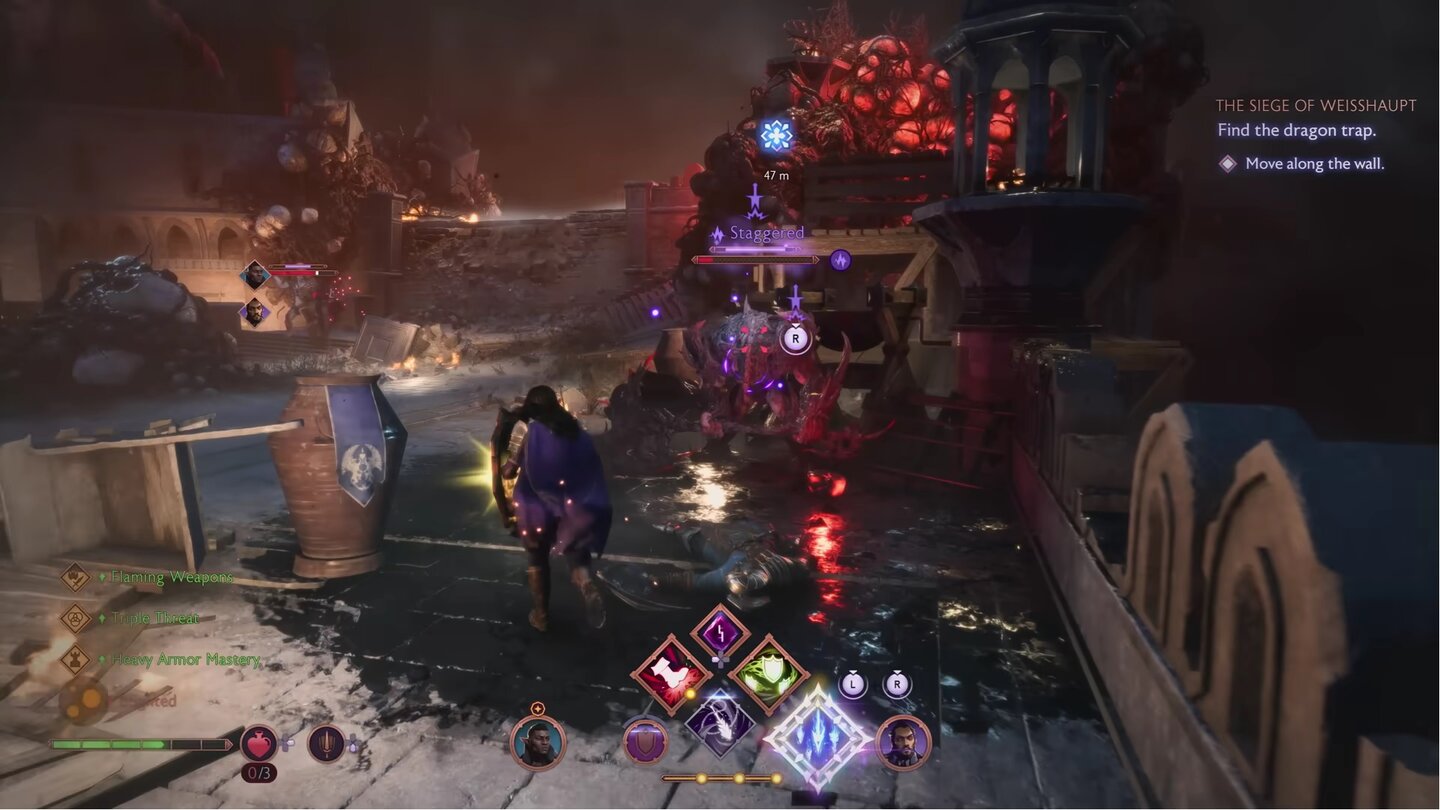
Furious, Yet Thoughtful Action-Packed Combat
Furthering the real-time combat systems seen in Dragon Age Inquisition, Veilguard’s combat works similarly on first inspection, allowing players to pause the combat while fighting to target new enemies, use abilities from handy radials and generally get a good vantage of the battlefield to help galvanise their strategy. Pretty standard, yet satisfying stuff then. However, Dragon Age: The Veilguard also looks to provide additional depth via an expanded loadout system and viscerally satisfying execution kills, too.
A Magical Realm Overflowing With Stories And Lore
One of the most attractive aspects of the Dragon Age franchise since its inception is the notion that you were the main character in a fully fleshed-out, fantasy world where lore oozed from every nook and cranny. In Dragon Age: The Veilguard, that idea of a world that is overflowing with a sense of place, lore and stories continues as players find themselves once again drawn to the world of Thedas. This time however, the oppressive Tevinter Imperium serves as the primary backdrop to the proceedings, as players must navigate the complex geopolitical struggles that have marked the seat of Dragon Age’s longtime oppressive imperial force, all the while diving into the lore and personal stories of the denizens that choose to make a life there.
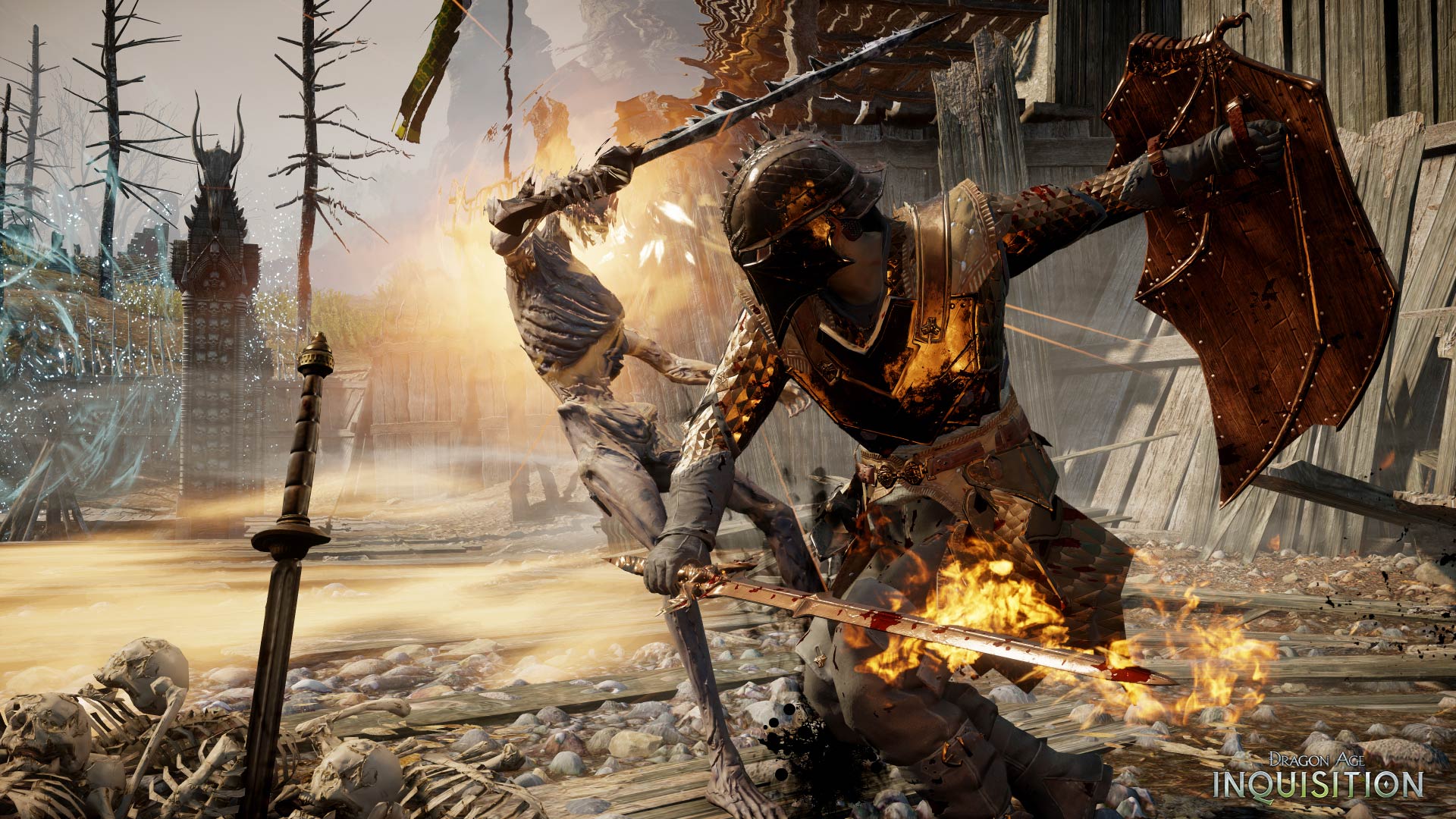
Companion Choices Help To Drive An Overarching Non-Linear Narrative
Of course Dragon Age: The Veilguard wouldn’t be a Dragon Age, or indeed, a BioWare game if it didn’t fully embrace companions and a nonlinear narrative. Thankfully, BioWare’s latest looks set to do both with aplomb. Not only will your companions have their own personal backstories, quests and, of course, ample romance opportunities, but so too will they notice things that are happening both within the group and in the world at large. With a total of seven possible companions that can be brought into your group, Dragon Age: The Veilguard also does a great job of tracking how your actions – in dialogue, combat and the choices that you make in key story events – will affect their perception of you. This is thanks to a Telltale style notification informing you what a companion thought of your actions and if they will remember it for later on.
The Lighthouse Marks An Overdue Return To Meaningful Hub Areas
One element of BioWare’s games that is often overlooked is how effectively it leverages downtime to strengthen bonds with both your companions and the events that are happening both to them and around them. In Dragon Age: The Veilguard, this approach is very much at the forefront of its design as its hub, an area called the Lighthouse, allows you to speak to your companions, further your relationships with them and even unlock new companion-centric quests. In addition to other incidental NPCs that can be interacted with, the Lighthouse also serves a second important purpose. The Lighthouse allows players to not just dive into the history of Veilguard’s primary antagonist Solas, but also play quests that form his lived experience, resulting in Rook talking to their companions about how these stories affect their perception of Veilguard’s shiny-headed, big bad. It’s a great way to make hub areas feel worthwhile again, as they used to with older BioWare efforts, and I’m absolutely here for it.





.jpeg)
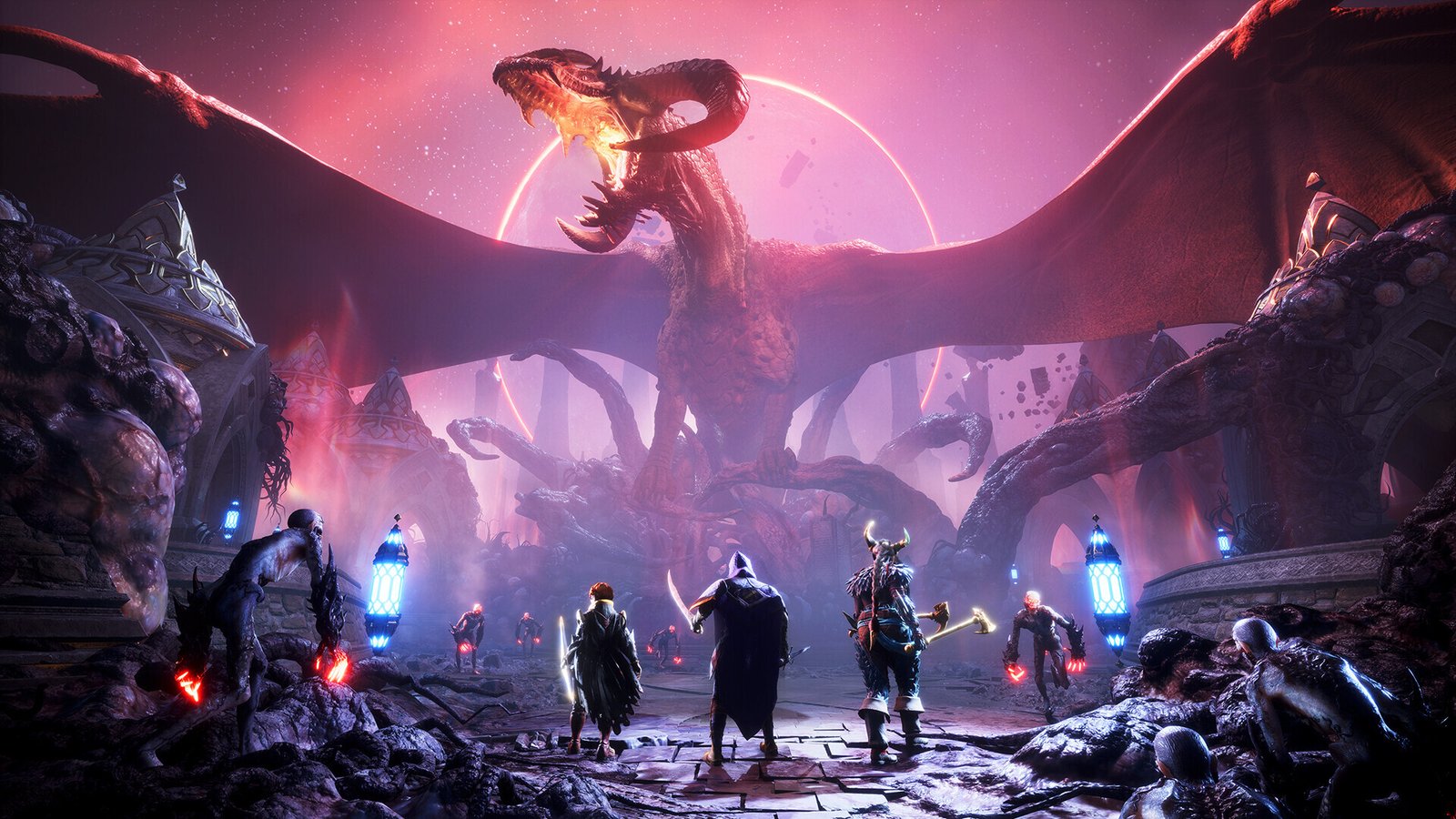




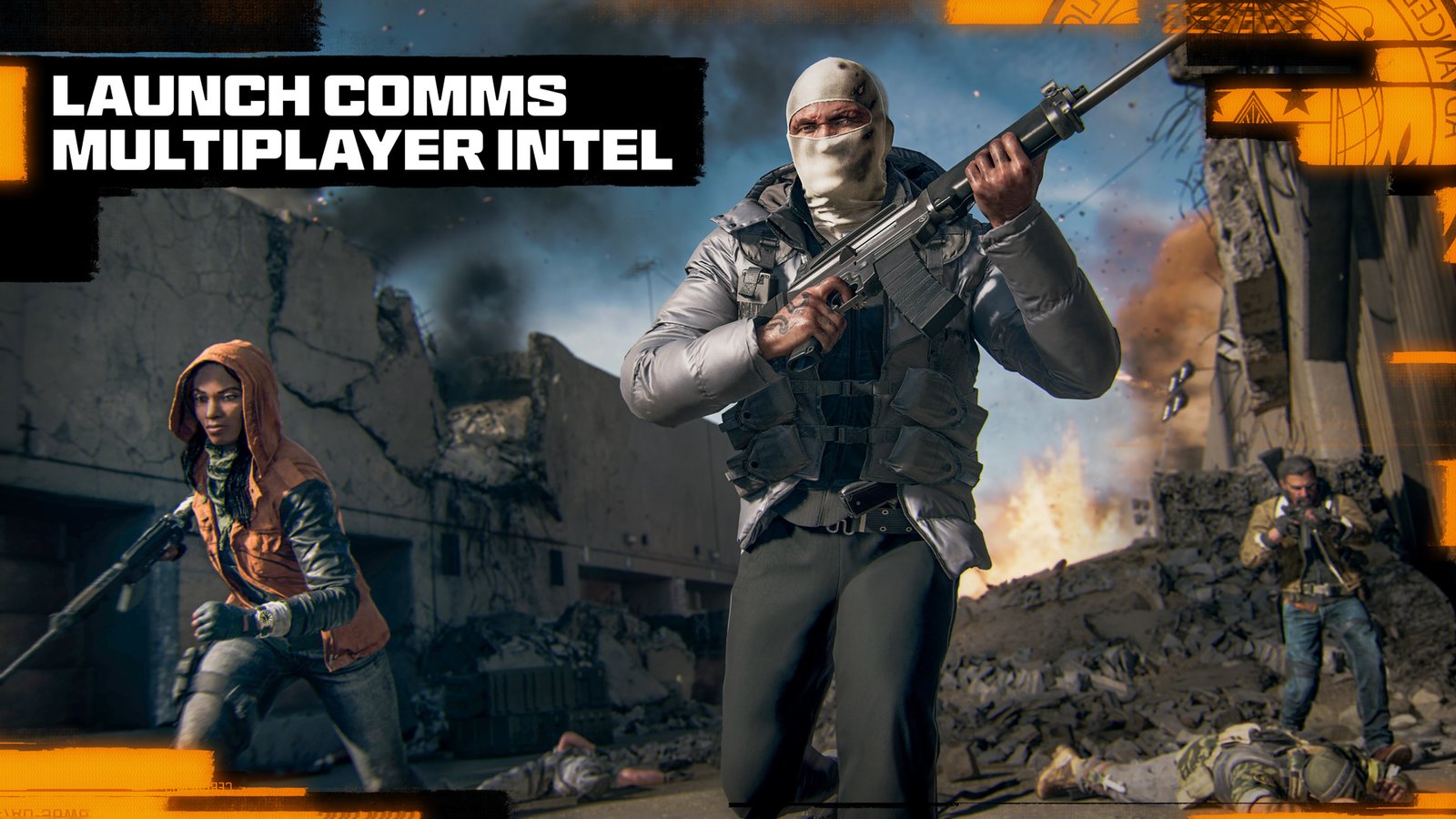
Comments (0)